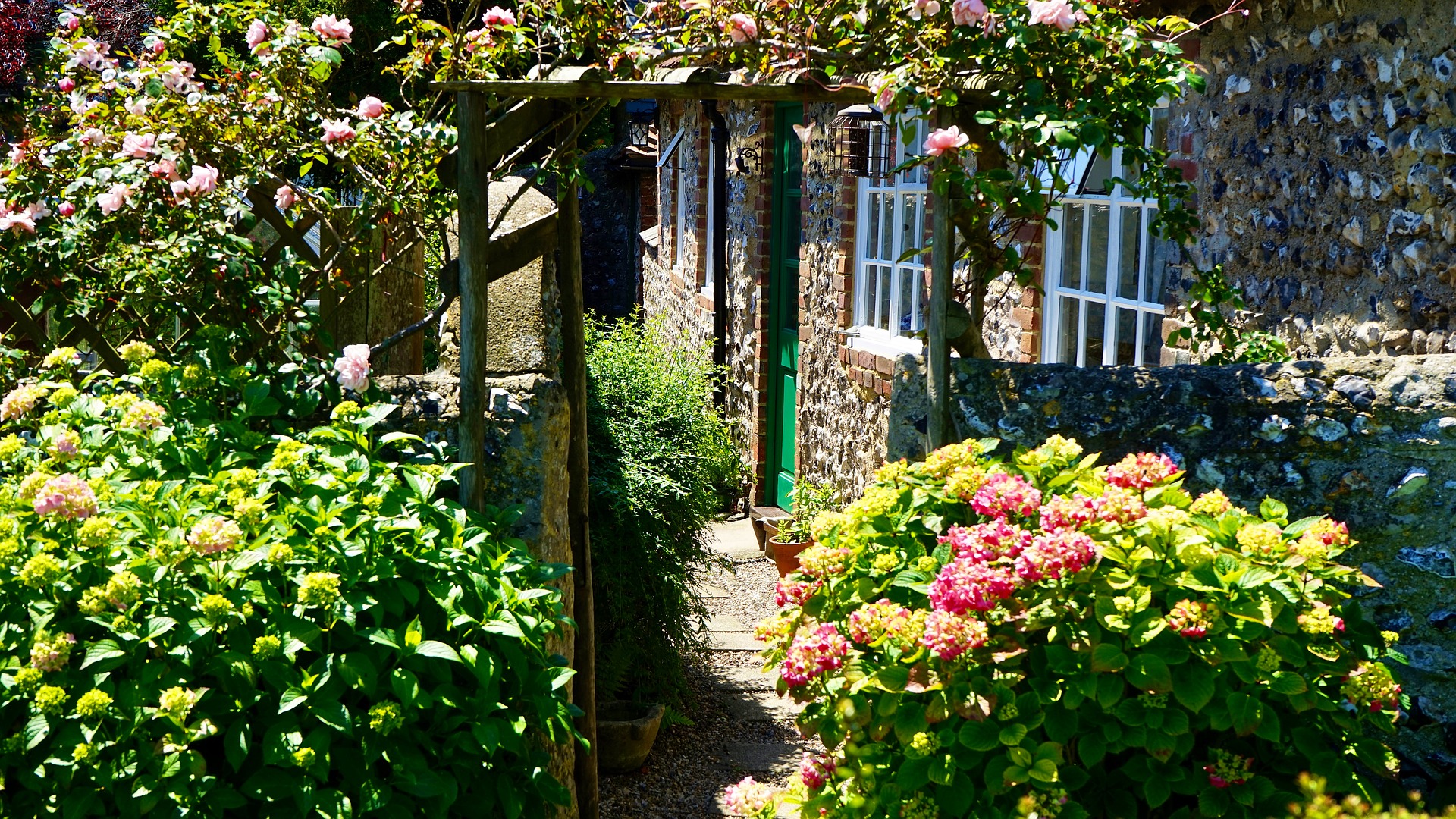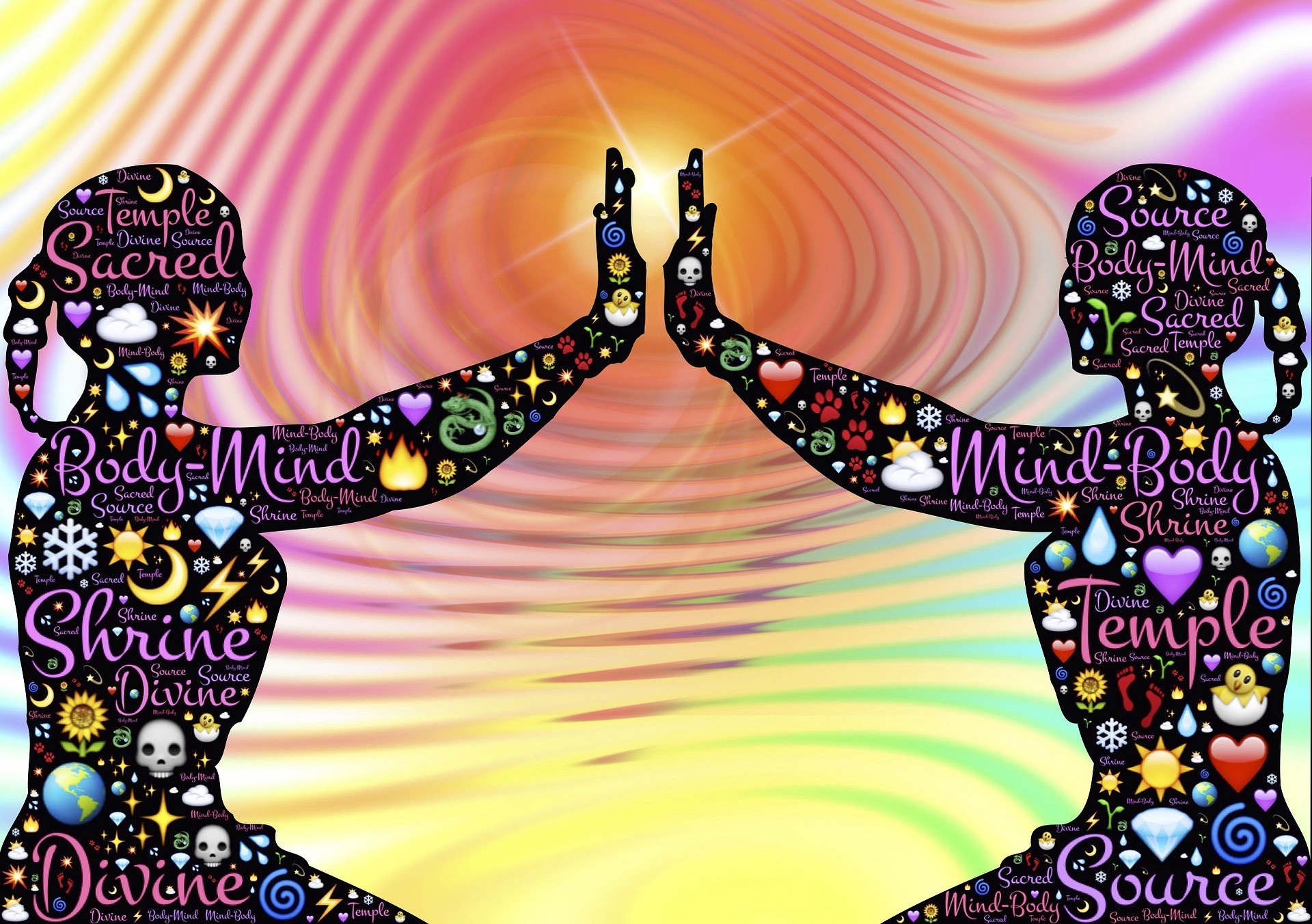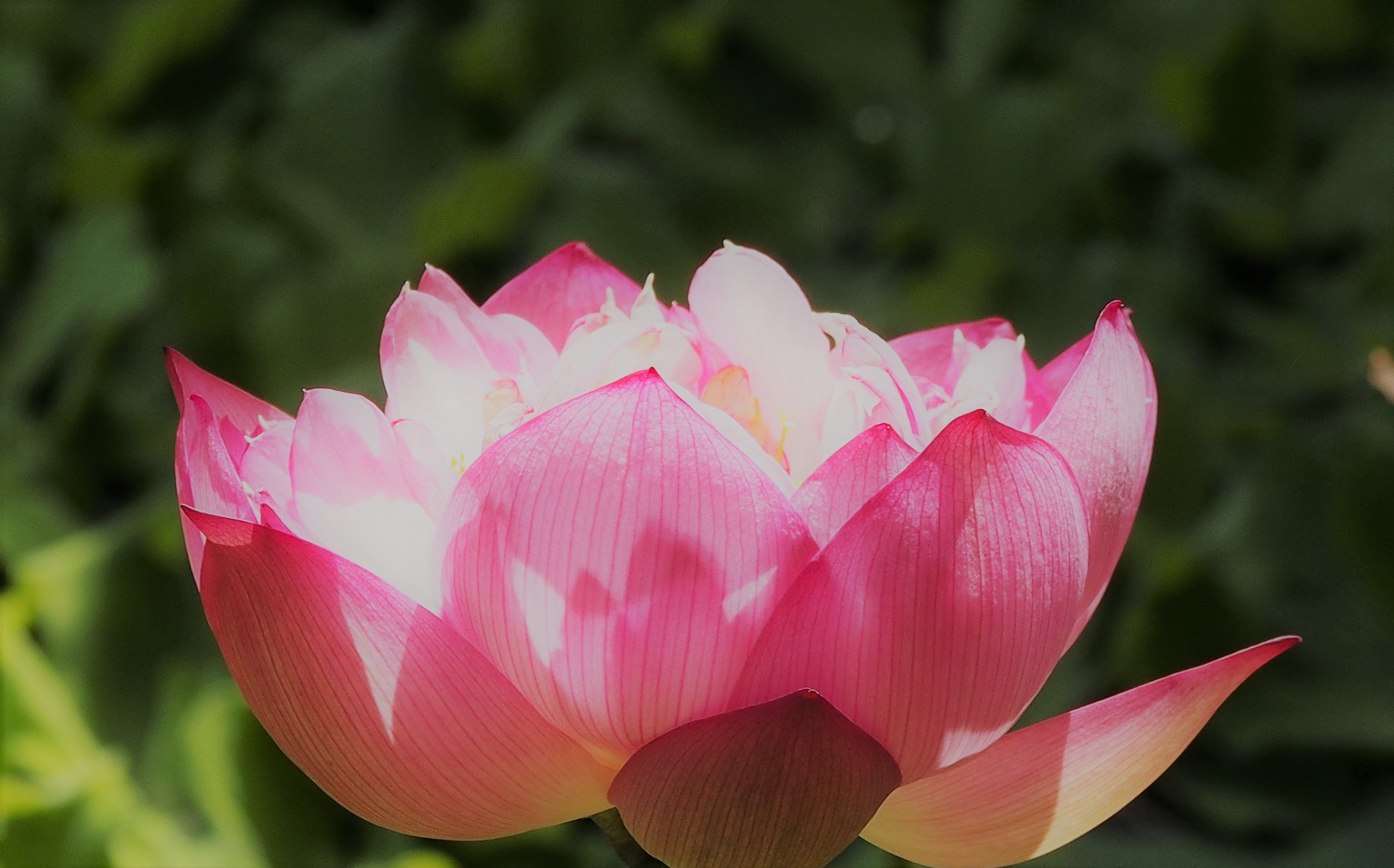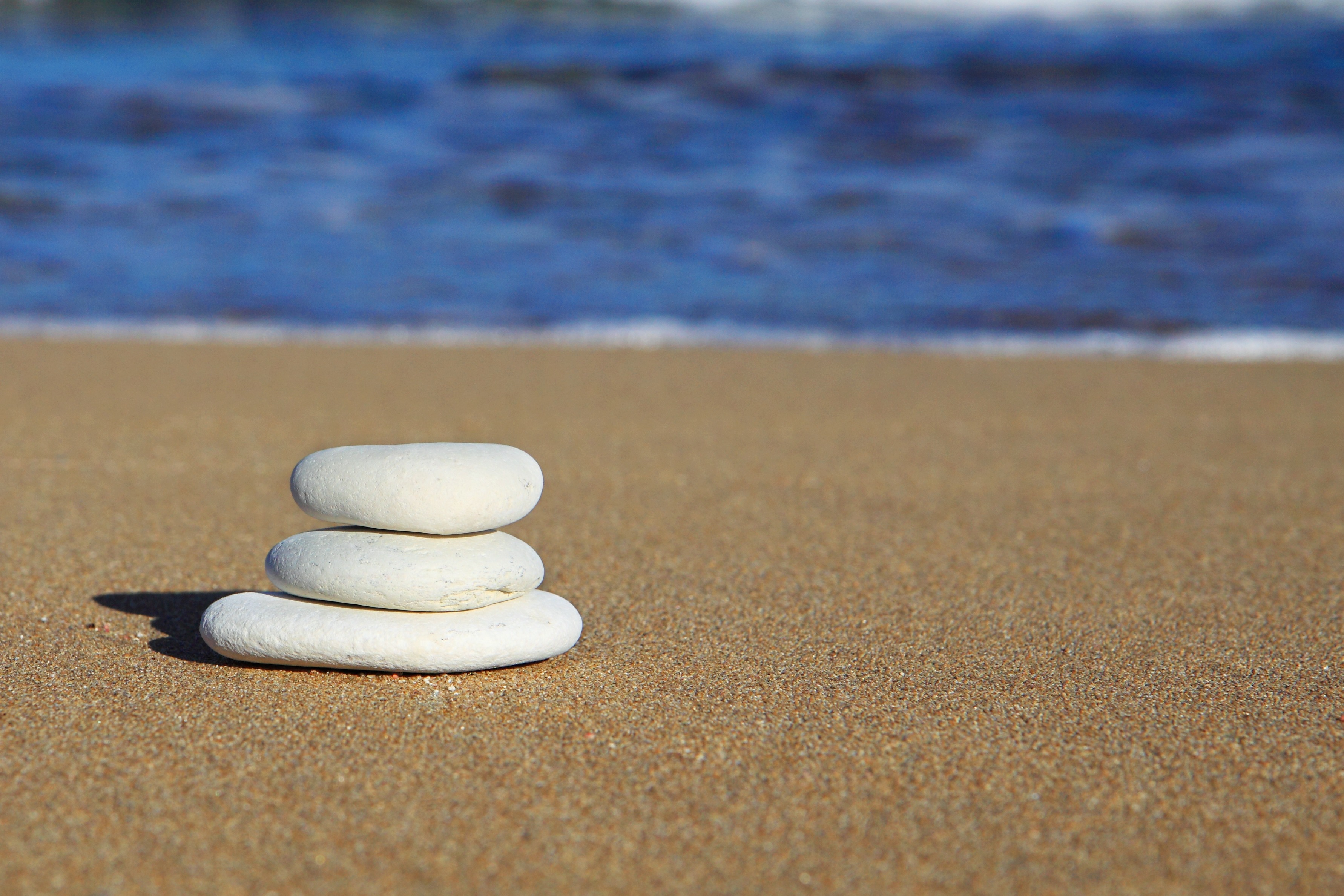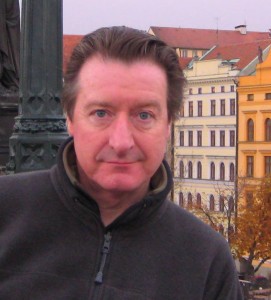
Inchnadamph: A mindful meandering marriage
“there’s no such thing as bad weather, just the wrong trousers”
-Billy Connelly
Every few years my wife and I drive to the North-West Highlands of Scotland. This area is known as Assynt-the broken country-which I reckon got its name from a serene, majestic wildness that could break you apart. It’s open, empty and beautiful, laced with bleak, bold and rugged mountains such as the mighty Quinag and the brooding Suilven, seemingly invincible in their solidity.
We decided to take a walk, a meander if you like, via Inchnadamph.
Inchnadamph is nestled along the A837 between Ledmore Junction and the ruins of Ardvreck House on Loch Assynt. There is a hotel there, but during Easter it was, as yet, unopened. We packed our rucksacks and pulled our walking boots on tight, then layer after layer of waterproofs and put on a good pair of sunglasses (to keep the rain out of our eyes!).
We began to walk.
We could see Suilven shrouded in mist and snow ahead of us, but little else except a fierce and horizontal rain; our boots met squelching mud and even the sheep looked cold and hacked off. We came to a bridge, the stream underneath raged like a torrent and we passed a small metal hut shaking in the wind. A lady poked her head out and said, in her best Texan “Ah reckon Ahm staying under here until the rain clears”. I wondered if she knew exactly how long rain might last in the Highlands, but we exchanged pleasantries and walked on.
After another 30 minutes I was wondering if this was worth it. I asked Kim if she wanted to go back, secretly hoping she might say yes. She looked at me behind sunglasses dripping with rain, and said “what would your mindfulness say?”
One of the many things I love about my wife is her ability to cut straight through to the chase, the real issues. Between us were anxiety, our sunglasses, the rain, more rain then suddenly nothing; it all fell away and I knew she was right: just notice what you can see, hear, taste, smell and touch. It’s just like this. I straightened my spine and let the weather do its thing. Kim smiled at me and we walked on.
About 15 mins later the sun broke out-this happens in the Highlands, you get every season in one day-and the soaked vegetation suddenly radiated out in sunlight; gorse shone in gold, the green along the path looked luminous, almost radioactive in its intensity and the world danced; we still squelched when we walked but now with delight.
We turned a corner and could hear a waterfall a few feet away, and in a small valley lime moss lit up rugged brown rocks, boulders and framed a crystal-clear stream as it frothed and pulsed towards the distant loch. We sat down, took off our waterproofs and ate our lunches, drank our coffees, glad to be together and alive, meandering mindfully though the landscape.
And it occurred to me that marriage, perhaps many couple relationships, are like this at times: sometimes the going is rough, sometimes you want to give up (and that’s not such a bad thing at times) and sometimes your emotions and your mind is just too unsettled to make a wise choice. But if you pay compassionate attention to each other, you can accept the rain, the rocks and the bad weather as weather, and treasure the sun-bleached pine and the purple heather. It all changes!
Just don’t forget to bring your waterproof pants!

